
Home » Science of Reading vs Balanced Literacy in Kindergarten
Transitioning to the Science of Reading vs Balanced Literacy in Kindergarten is a journey! We get it! It’s not easy but you can make some small changes now that will improve your literacy instruction in big ways. Keep reading for the tips and support you need to bring research-based instruction into your classroom.

Check out these related posts:
THIS ACTIVITY GOES WELL WITH THESE SIMPLY KINDER RESOURCES:
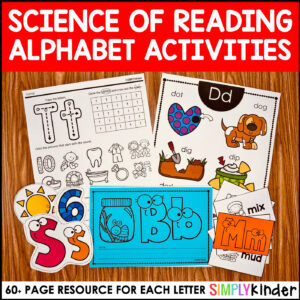
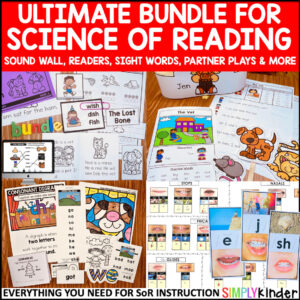
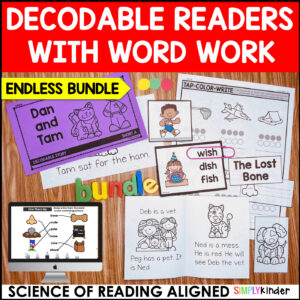
By integrating the Science of Reading into teaching practices, teachers can provide students with a solid foundation in reading that equips them with the skills needed to become proficient and confident readers. This approach is backed by extensive research and has shown to be effective in helping a wide range of students, including those who may struggle with reading.
But how do we get there?
Check out the map below as a snapshot of some ideas of where to start and go to proceed forward!

An important note is to start by releasing the guilt of teaching techniques and reading strategies in the past that we now know not only didn’t help students but possibly stopped them from becoming fluent readers.
The memory of me walking around the room with a stopwatch, encouraging students to build stamina of reading to self without talking or interrupting others before I actually did any phonics instruction continues to haunt me…
Admit to yourself that you did the best you could at the time and as we know better, we do better.
Make small changes in your classroom tools, materials, and instructional methods to have a big impact on students’ growth as fluent readers.

Yes, there is a great deal of research and new information out there.
Yes, the Science of Reading will keep evolving as more research is conducted.
Yes, we know better now, so it’s time to start focusing literacy instruction on the way students learn best.
A great podcast to check out is Sold A Story by Emily Handford here. She is an investigative journalist that created a compelling podcast series about how balanced literacy has failed our children.

Teachers implementing the Science of Reading approach focus on providing explicit instruction in phonemic awareness, phonics, and other key components of reading. This approach contrasts with some older methods that relied more heavily on whole-word memorization. By understanding how language is processed and learned, teachers can tailor their instruction to help all students become confident and proficient readers.
Remember, this is a journey and it’s okay to ask questions, revise teaching strategies, advocate for change, and continue to learn more.
Please join the conversation inside the Simply Kinder Teachers Facebook Group here or email us at [email protected] with your stories or questions.
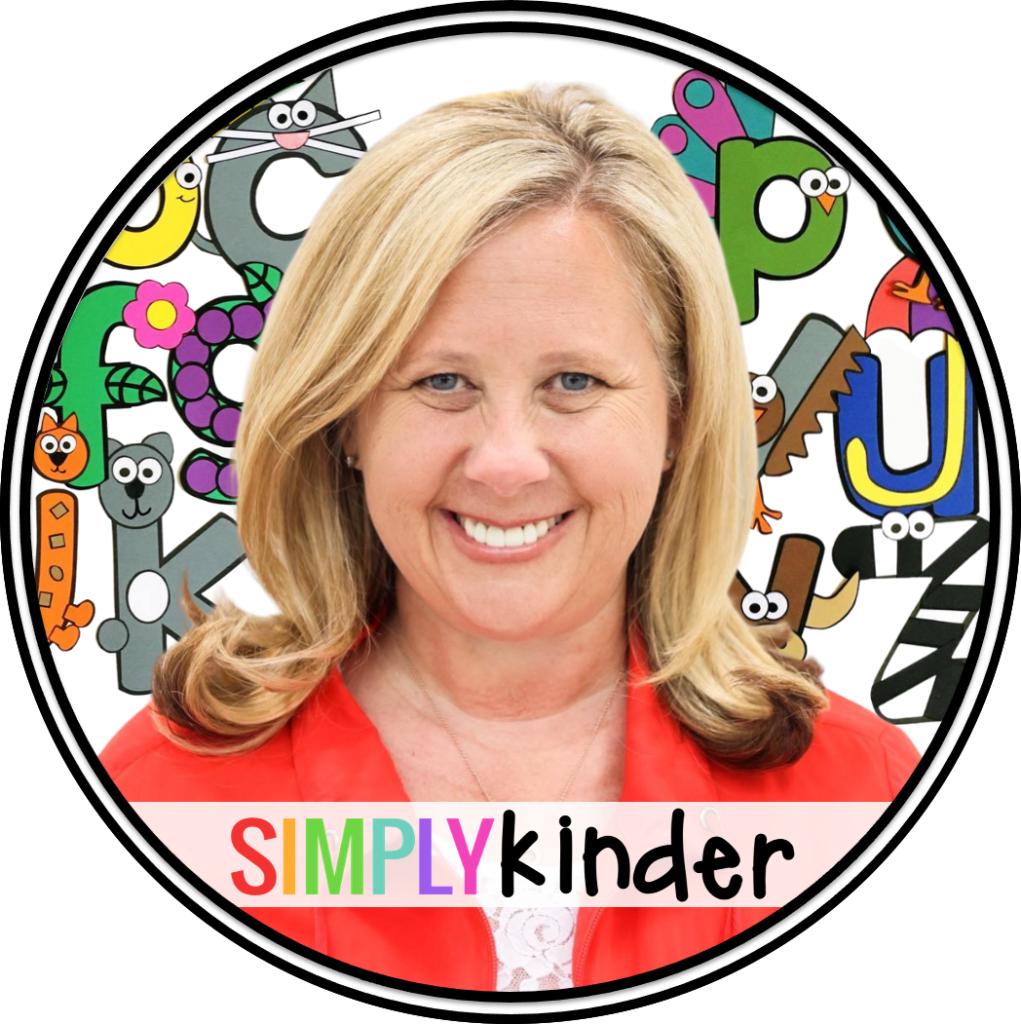
With Unmatched Printables & Engaging Classroom Ideas, Simply Kinder is your TRUSTED TEAMMATE.
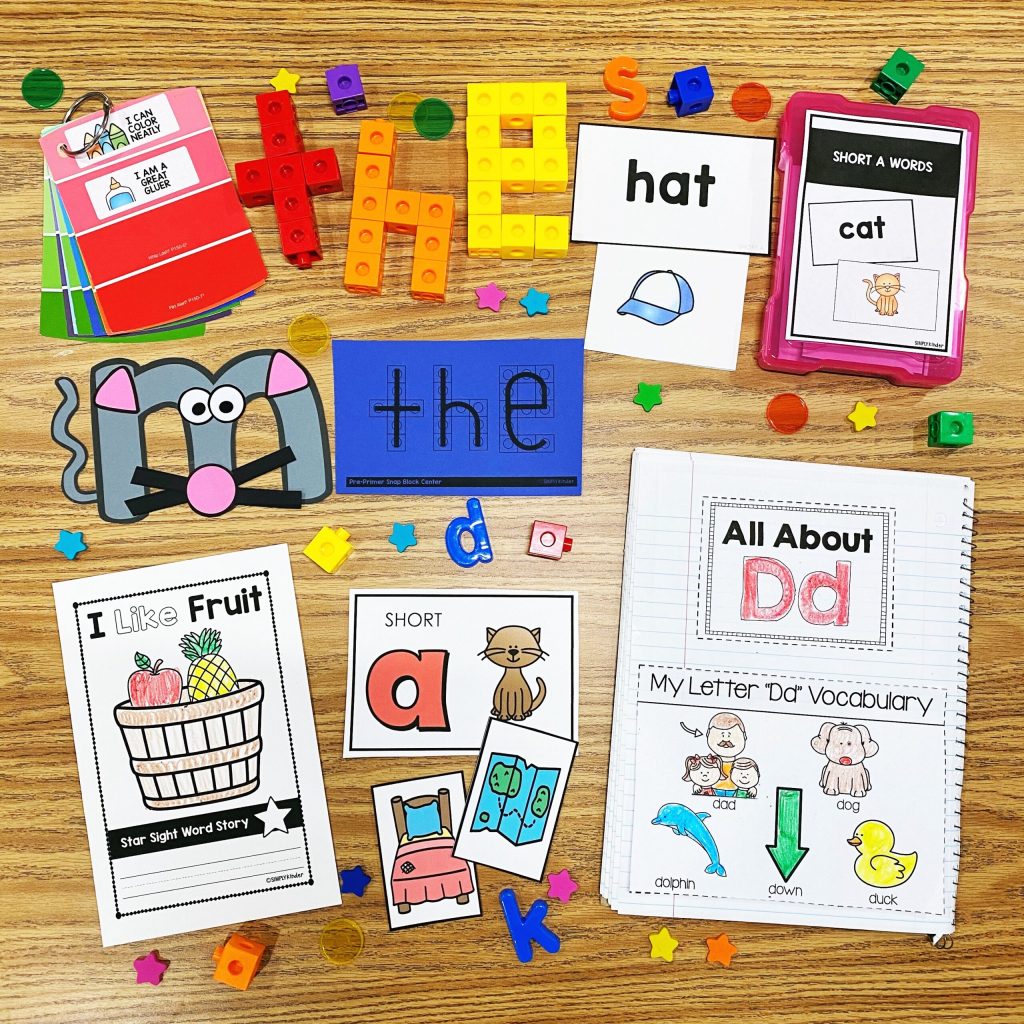
Get our emails loaded with free resources, teaching ideas, and so much more!


You might also like: